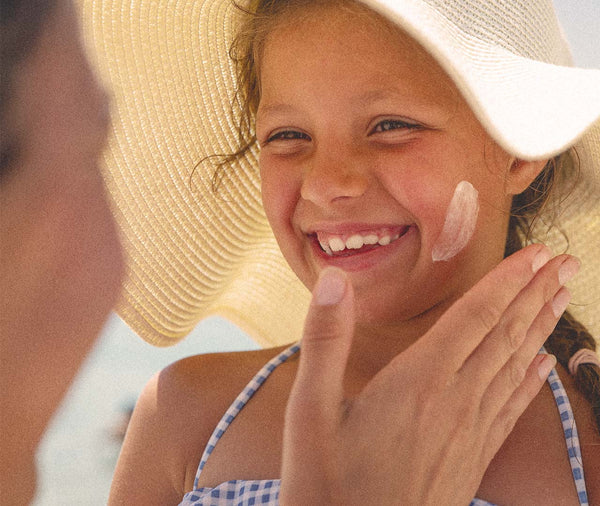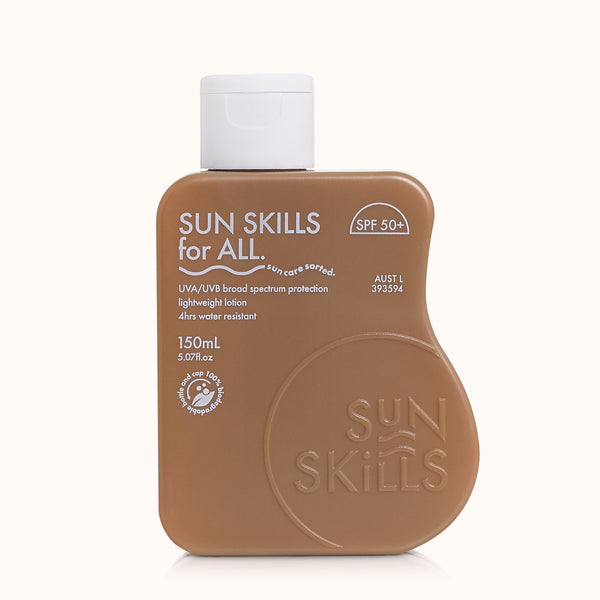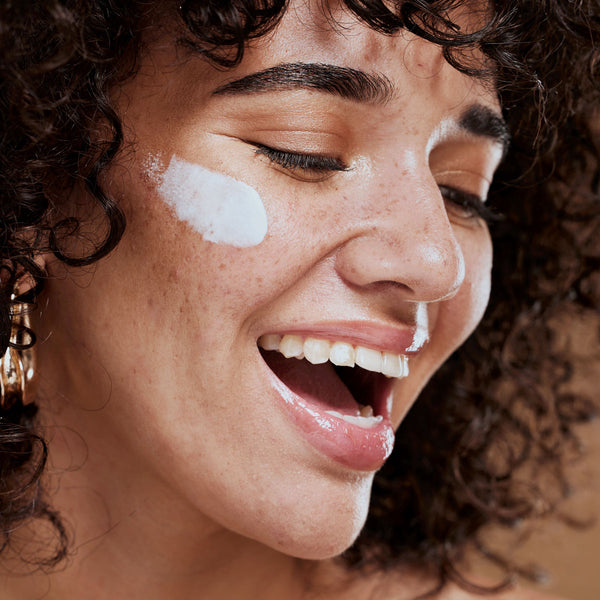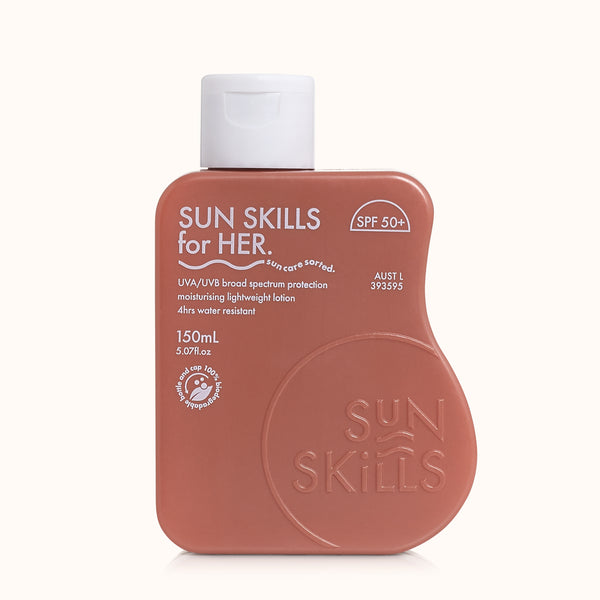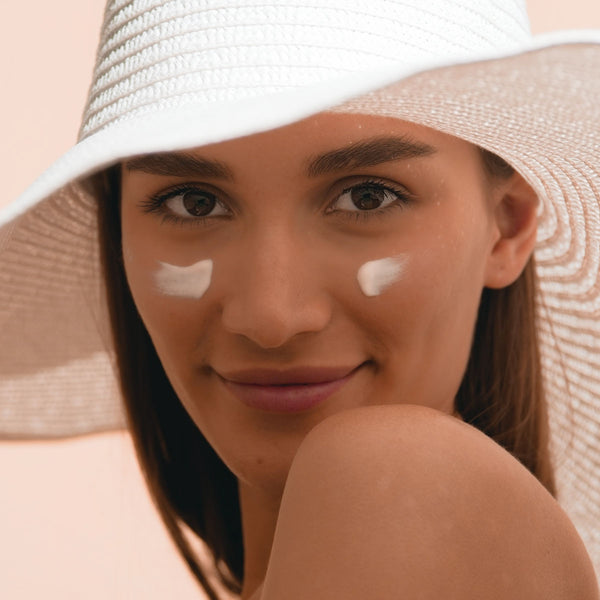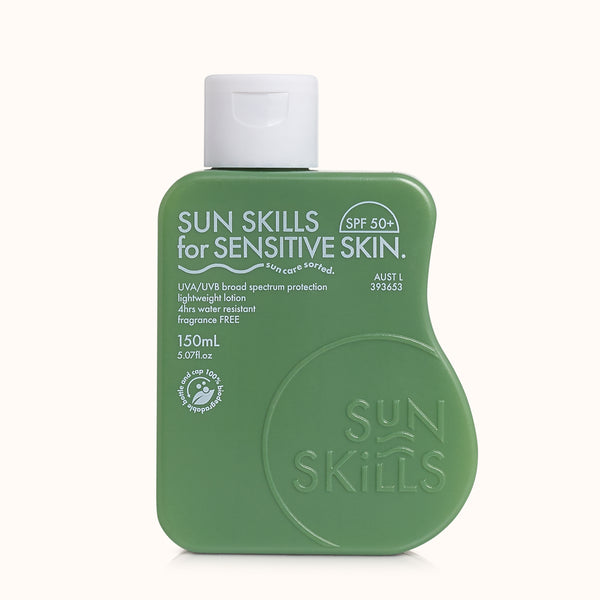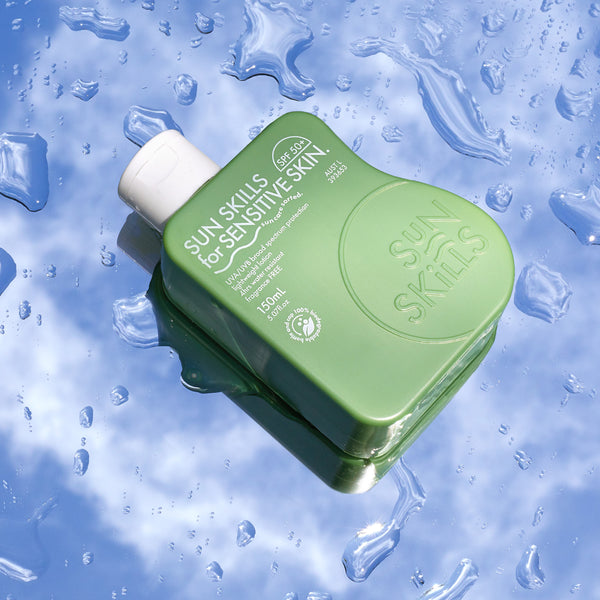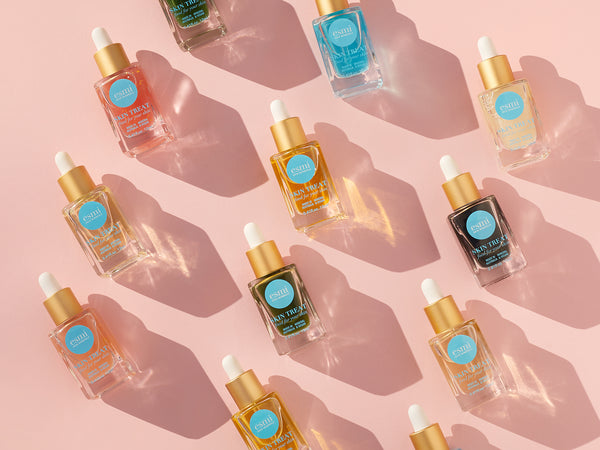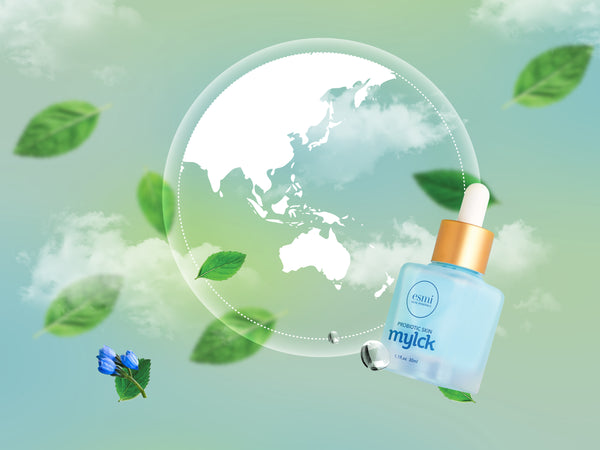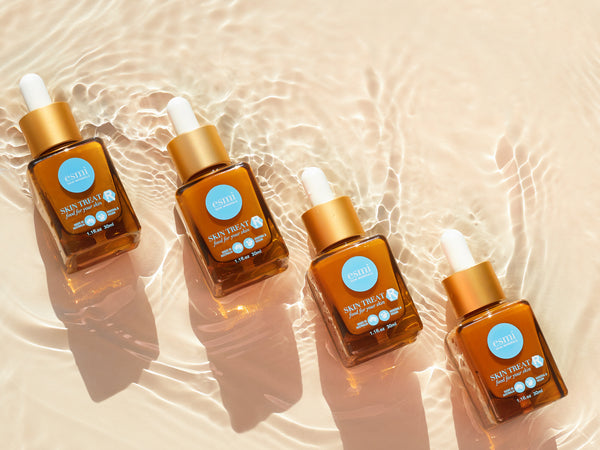You know you should be slathering on SPF but maybe these common myths have got you second guessing how and why you should apply. Sunscreen is a must to reduce your odds of potentially deadly cancer as well as sun damage that leads to signs of aging so be skin-savvy and don’t buy into these myths that can leave you exposed.
Myth One: You Only Need Sunscreen In Summer
We’ve got a newsflash for you, sun damage is actually caused by UV radiation, not temperature! On cloudy days the sun might not feel as strong but UVA rays are the same strength year round. No matter how much of your skin is exposed and even if it's an overcast day, up to 90% of the sun’s rays can still penetrate your skin and may even be more intense due to reflection off the bottom of the clouds. If you head to the snow in winter, you might also think you can skip the SPF but you’re actually getting hit by UV rays twice, once from sun and then again when the sun’s rays bounce off the snow.
Sun protection is non-negotiable 365 days a year, especially when Australia has some of the highest rates of skin cancer in the world. Most of the sun exposure people get is unintentional so the solution is simple, make sunscreen a daily part of your morning routine and continue to apply it the same way you would if it was a warm sunny day.
Myth Two: You Won’t Absorb Vitamin D If You’re Wearing SPF
Your body makes Vitamin D through exposure to UV rays, which we like to think of it as the sunshine vitamin. It works when UVB rays interact with a protein in our skin and convert it to Vitamin D3, the active form of Vitamin D. It helps regulate the amount of calcium and phosphate in your body which is the nutrients needed to keep your bones, teeth and muscles healthy.
You might be wondering how we’re able to get Vitamin D if sunscreen blocks UVB rays? Well you’ll actually get enough Vitamin D within just a few minutes of sun exposure. Even if you apply sunscreen well it still allows 2-3% of the sun’s UVB to reach your skin.
If you’re worried about getting enough Vitamin D, don’t skip sunscreen as the risks of skin cancer vastly outweigh the benefits of getting Vitamin D from the sun. Let’s not forget you can also get Vitamin D by consuming salmon, eggs, soy milk and oat milk. Sounds like breakfast is on us this weekend!
Myth Three: SPF Makeup Is Enough To Protect The Face
It would take a lot of makeup to protect your skin with the level of SPF stated on the bottle and frankly, most of us just aren’t wearing that much. Yes, while some sun protection might be present, any SPF ingredients are essentially diluted when mixed with other cosmetic ingredients. When sunscreen is tested for protection, it’s usually applied in a much thicker layer than makeup is plus you probably don’t use it on all the areas that are exposed to the sun like the back of your neck or ears.
Just because a product has sunscreen ingredients doesn’t automatically qualify it as a sunscreen, it should be seen as an additional layer and not the only layer. While it’s better to use sunscreen in makeup than not to use any sunscreen at all, it’s not a good replacement. Let’s look at a cosmetic with SPF30, it would only be effective for up to two hours! Use a separate sunscreen before applying any makeup then use an SPF powder or setting spray to reapply your sun protection throughout the day.
Myth Four: Fake Tan Protects Your Skin From The Sun
Fake tans are designed to darken your skin without ultraviolet light, I mean who doesn’t love the fresh tan feeling! The active ingredient in most sunless tans is a sugar called dihydroxyacetone, or DHA for short. During a reaction with the protein keratin on the surface of the skin, this produces pigments which gives your skin a temporary tan that fades as your dead skin cells shed.
People often think that a real tan can protect you from the sun so a fake tan does the same thing but it actually offers a false sense of protection. We often associate a tan with health and vitality but a tan is actually the skin’s visible response to sun damage. Getting a tan from UV rays actually causes permanent DNA damage to the skin as the immune system sends repair enzymes to the site of sun damage and tries to repair it by putting up a wall of darker pigment to prevent further sunburn. This means that a fake tan doesn’t improve your body’s ability to protect itself from the sun so you will still need sun protection.
Myth Five: If Sunscreen Is Waterproof, You Don’t Need To Reapply After Swimming
No sunscreen is completely waterproof but added ingredients grip the skin so your sunscreen can be water resistant, note the difference? These ingredients allow the sunscreen to be water-insoluble so it won’t run into the water while you’re at a pool party. A common ingredient is cetyl octanoate, also added to your shampoo, which forms a film over the skin that repels water.
You might not realise it but the intensity of harmful ultraviolet rays is actually higher under water than it is above! This is why it’s important to let your sunscreen settle on your skin for at least 15 minutes before going into the water, if you can’t wait that long once you’ve got to the beach then apply it before you leave home.
Water resistant sunscreen generally lasts up to 80 minutes after water exposure so you’ll need to reapply every two hours if you’re swimming, sweating or towel drying as this lessens the layer of UV protection.
Sunscreen is one of the most important products you can use so understanding the way it works and how to use it correctly can help you avoid these common SPF mistakes.
